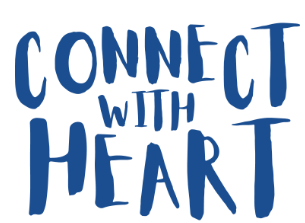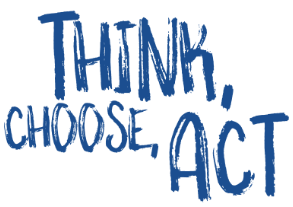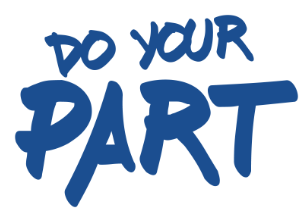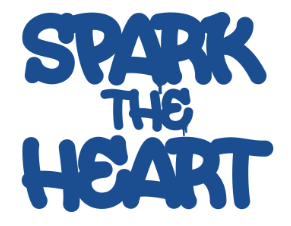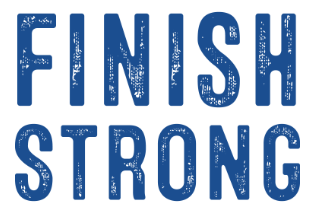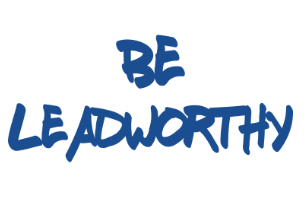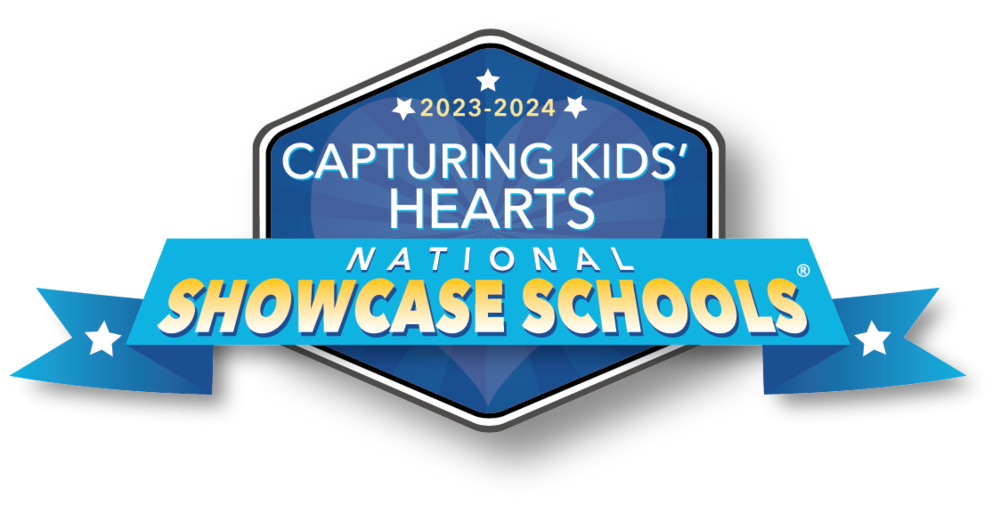
National Showcase School
Because of the rigor of the evaluation process, the Capturing Kids’ Hearts National Showcase School award is both a high aspiration and an exemplary recognition of excellence.
Lee Elementary is proud to recognize the outstanding educators who have dedicated themselves to making a difference in the lives of our children. We have been selected as a Capturing Kids’ Hearts National Showcase school and educators, we celebrate the remarkable work we have accomplished!
EXCEL Model
At Lee Elementary, we follow a CKH model of interaction and relationship-building strategies; the EXCEL model. Every person in our building follows this example and leads our students to the same model. Below is a summary you will see and hear referenced frequently.
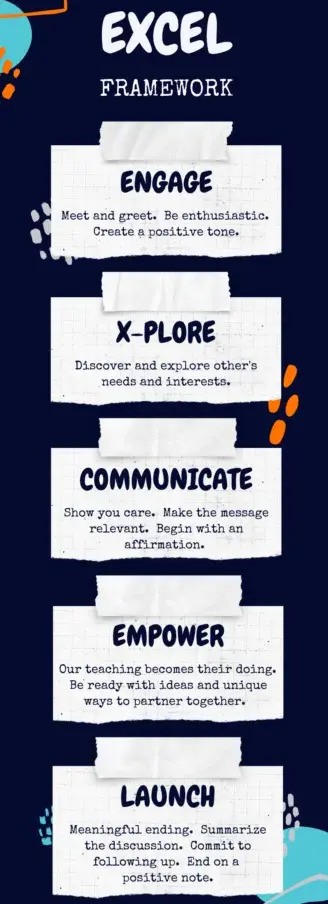
Social Contracts
The social contracts are a key piece of CKH and become the centerpiece of the classroom culture. It's built on four basic questions:
○ How do you want to be treated by me (leader)?
○ How do you want to be treated by each other?
○ How do you think I (leader) want to be treated by you?
○ How do you want to treat each other when there is conflict?
Every social contract includes three ideas: effort, listening, no put-downs with RESPECT being a key element. Questioning helps process the specifics of what that looks like (playground, lunch, etc.).
Family Social Contract
Did you know that you can build a social contract at home? Check out these steps to create your own family social contract!
Steps to Building a Social Contract:
Build it together as a family.
Use the kids’ own words as much as possible.
PK - Third grade: The parent is the scribe.
Fourth grade - Twelfth Grade: A child is the scribe.
Three words (or synonyms of these words) that must be on every Social Contract:
No 'put-downs'
Listening
Effort
Post the Social Contract in the family room where members of the family can easily see it.
Social Contract Questions:
How do you want to be treated by me (parents)?
How do you want to be treated by each other?
How do you think I (parent) want to be treated by you?
How are we going to treat each other when there is conflict?
Process the Children's Responses:
(For example, 'What does “respect” mean?') Be sure they all agree on the definition of what they are saying.
Affirm their responses and ask them follow-up questions.
When you ask questions, throw out examples. (For example, 'What does “nice” look like?')
Role-play the responses. (For example, 'So, if I do ___________, is that nice?')
Contract Follow-Through:
When there is a violation of the contract, address the family by calling timeout and asking:
"What is happening here?"
"What did we say we would do to help each other?"
"Are you willing to do that?"
"GREAT!"


